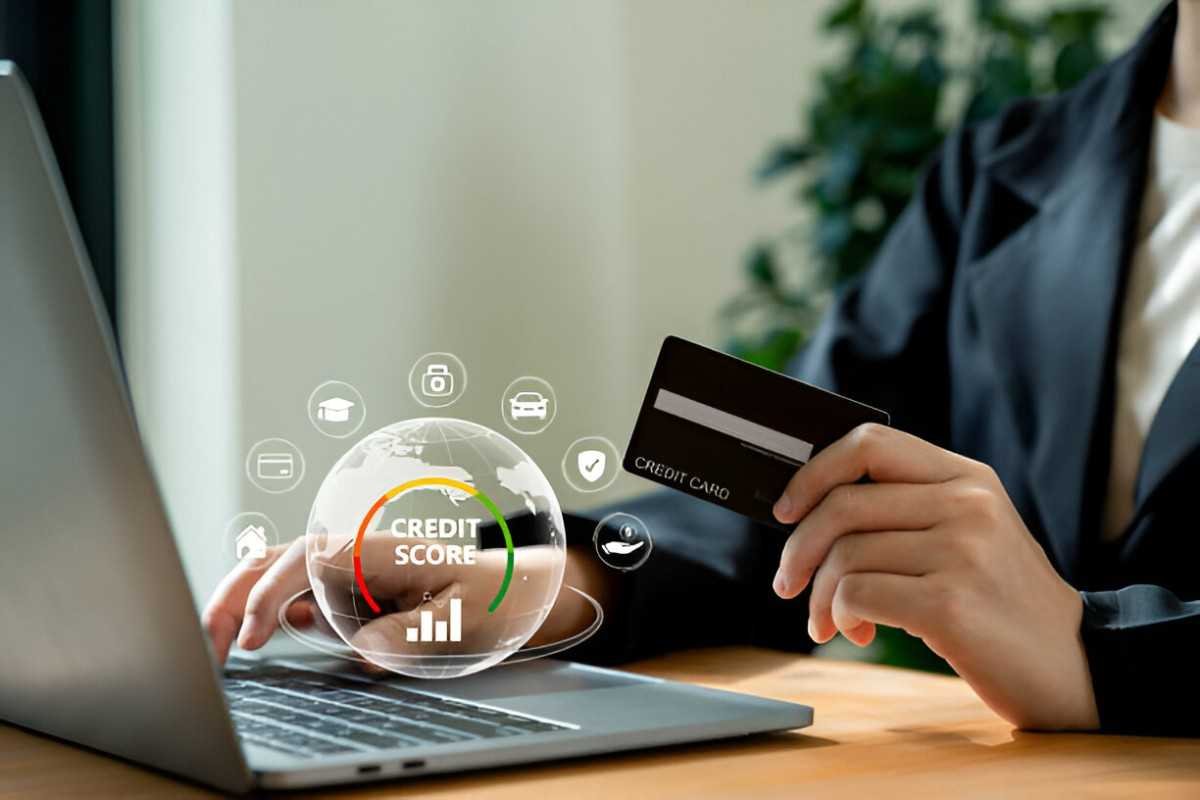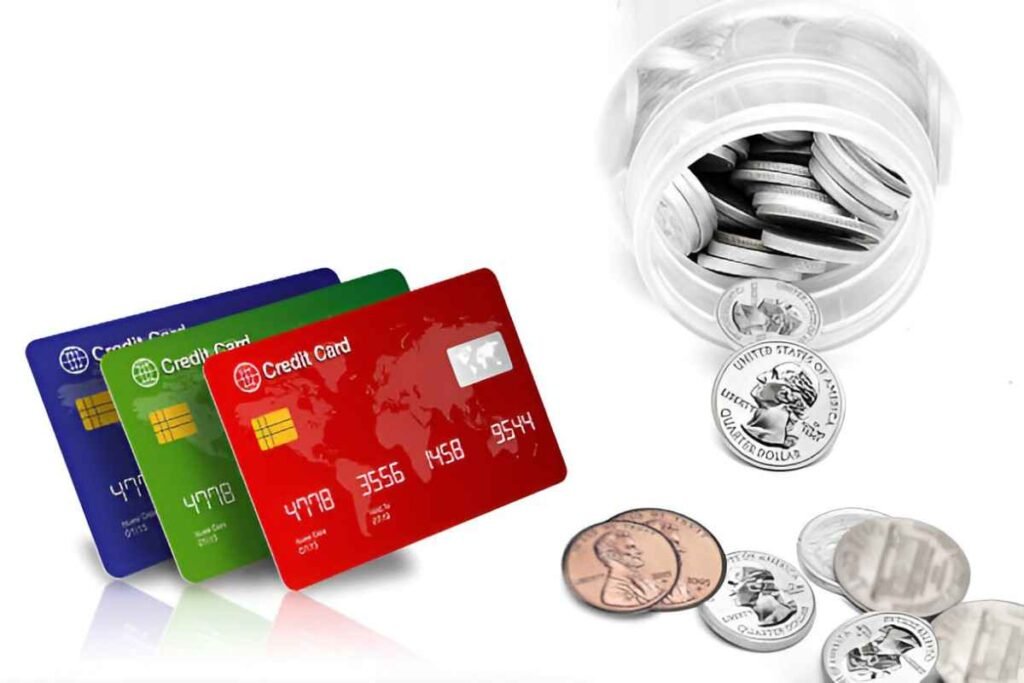If you find yourself with a credit score around 500, you may feel like your financial options are limited. However, there’s no need to worry. There are credit cards available for people with lower credit scores, including those with a score as low as 500. In this article, I will guide you through everything you need to know about credit cards for a 500 credit score, including how they work, what your options are, and how to improve your credit situation.
Table of Contents
Understanding Credit Scores
Before diving into the specifics of credit cards for a 500 credit score, let’s first explore what a credit score means. A credit score is a numerical representation of your creditworthiness, based on your credit history. Credit scores generally range from 300 to 850, with higher scores indicating better creditworthiness.
A score of 500 falls into the “poor” category. While it might not be the worst score possible, it does signal that you’ve likely had some difficulty managing your finances in the past. You might have missed payments, accumulated high debt, or defaulted on loans. Lenders view individuals with low credit scores as higher risks, so you may find that you don’t qualify for the best credit card offers.
Types of Credit Cards for a 500 Credit Score
Having a 500 credit score doesn’t mean you’re out of options. While you may not qualify for standard, unsecured credit cards, there are still options available. Below, I’ll break down the different types of credit cards you can get with a 500 credit score.
1. Secured Credit Cards
A secured credit card is one of the most common options for individuals with a low credit score. With this type of card, you are required to put down a deposit, which acts as collateral. Your credit limit will typically be equal to the amount of the deposit you make. For example, if you deposit $200, your credit limit will likely be $200.
The main benefit of a secured credit card is that it allows you to build or rebuild your credit by demonstrating responsible usage. If you make on-time payments, your credit score will gradually improve. Over time, you may qualify for an unsecured card, which doesn’t require a deposit.
Example: Let’s say you get a secured credit card with a $200 deposit and a $200 credit limit. You use it to make purchases and pay off the balance in full every month. Over the course of a year, if you continue to make on-time payments, your credit score could improve, which might lead to the opportunity to upgrade to an unsecured card.
2. Subprime Credit Cards
Subprime credit cards are designed for individuals with poor credit. These cards typically come with higher fees and interest rates compared to cards for those with better credit scores. Subprime cards may not require a deposit, but they may have limited rewards or benefits. They are useful if you need to rebuild your credit and don’t want to put down a deposit.
Example: Let’s say you apply for a subprime credit card with a $300 limit. The card might come with an annual fee of $75 and an interest rate of 24.99%. If you use this card responsibly and make all your payments on time, your credit score will improve over time. However, the higher fees and interest rates could make this option costly if you carry a balance.
3. Store Credit Cards
If you shop at a particular retailer frequently, you might consider a store credit card. These cards are often easier to obtain than traditional credit cards, even for individuals with poor credit. However, they come with certain drawbacks. For example, store credit cards usually have higher interest rates, limited usability (only at the retailer), and fewer rewards compared to general-purpose cards.
Example: Imagine you frequently shop at a department store. You may be offered a store credit card with a $500 credit limit and an interest rate of 26.99%. While you can only use the card at that store, it might offer store-specific perks, like discounts on purchases or special financing offers. However, carrying a balance on this high-interest card could quickly lead to debt accumulation.
How to Choose the Right Credit Card for a 500 Credit Score
With the options mentioned above, it’s important to carefully consider which credit card is the best fit for your needs. Here’s a checklist to help guide your decision:
- Look at the fees: Many credit cards for people with low credit scores come with high annual fees, foreign transaction fees, or application fees. Compare these fees across different cards to find the one with the lowest costs.
- Understand the interest rate: If you plan on carrying a balance, the interest rate (APR) becomes crucial. Look for cards with lower interest rates, or better yet, try to pay off the balance each month to avoid paying interest altogether.
- Check for a credit limit increase: Some credit cards allow you to increase your credit limit after a certain period of responsible usage. This can help you improve your credit utilization ratio and potentially boost your credit score.
- Consider the rewards: Some credit cards for individuals with a 500 credit score may offer rewards, though they tend to be less generous than those available to people with higher scores. If you plan to use your credit card often, rewards can add some value.
- Examine the card issuer’s reputation: Research the credit card issuer’s customer service and reputation. You want a company that will be responsive and helpful if issues arise with your card.
Improving Your Credit Score with a 500 Credit Score Credit Card
Once you have your credit card, it’s crucial to use it wisely to rebuild your credit. Here are some steps you can take to improve your credit score:
- Make payments on time: The most important factor in your credit score is your payment history. Make sure to pay your bills on time every month, even if it’s just the minimum payment.
- Keep your credit utilization low: Your credit utilization ratio is the amount of your credit limit that you use. A high credit utilization ratio can negatively impact your credit score. Aim to use less than 30% of your available credit each month.
- Avoid unnecessary credit inquiries: Every time you apply for a credit card, a hard inquiry is made on your credit report, which can temporarily lower your score. Avoid applying for too many cards at once.
- Monitor your credit score: Regularly check your credit score to track your progress. Many credit card issuers offer free access to your credit score, so take advantage of this feature.
Example of How Credit Card Usage Affects Credit Score
Let’s say you start with a credit score of 500 and get a secured credit card with a $200 limit. You use the card for small purchases, such as groceries, and make sure to pay the balance off in full each month. After six months of responsible use, your credit score improves to 550. At this point, you may be eligible for a credit limit increase or even an unsecured card.
Impact of Credit Utilization on Credit Score
Let’s break down how your credit utilization impacts your score. Imagine you have a credit card with a $500 limit and you spend $150 each month. Your credit utilization ratio is 30% ($150 spent ÷ $500 limit). If you reduce your spending to $100, your utilization ratio drops to 20%, which could positively impact your credit score.
Example of How Payments Affect Credit Score
If you make timely payments and reduce your debt, your score will gradually improve. Here’s a simple calculation to illustrate how this works:
| Month | Credit Limit | Balance | Utilization (%) | Payment Status | Credit Score Impact |
|---|---|---|---|---|---|
| 1 | $500 | $100 | 20% | On-time | +20 points |
| 2 | $500 | $50 | 10% | On-time | +15 points |
| 3 | $500 | $0 | 0% | On-time | +10 points |
By consistently paying on time and reducing your balance, your credit score could improve by 45 points over three months.
Conclusion
While having a 500 credit score may limit your options, there are still plenty of credit cards available to help you rebuild your credit. Secured cards, subprime cards, and store cards are all viable options, depending on your needs. The key to improving your credit score is responsible use—make on-time payments, keep your credit utilization low, and avoid unnecessary debt. Over time, with patience and discipline, your credit score will rise, and you’ll have access to better credit opportunities.
In the end, a credit card with a 500 credit score can be the first step toward improving your financial health. Take control of your credit now, and you’ll reap the benefits in the future.





